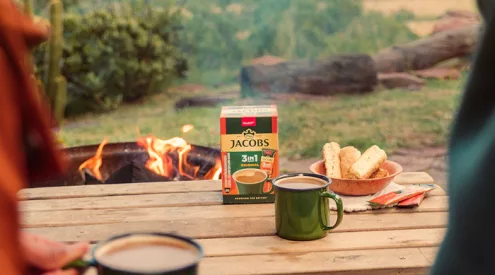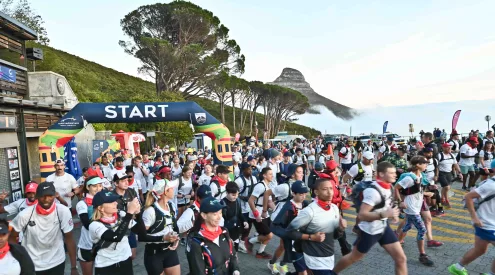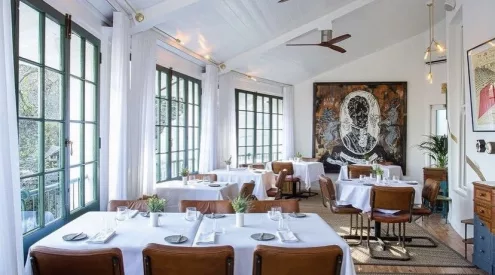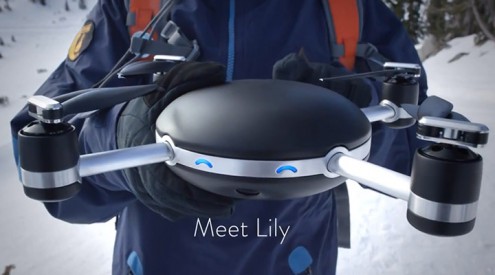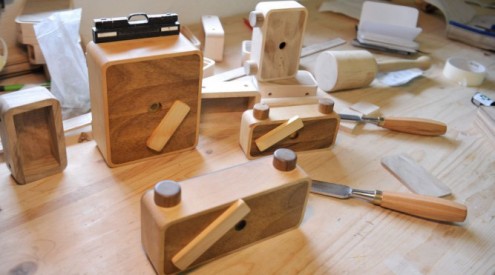Does the size of your sensor make a difference in your photography? Well yes … and no.
But before getting into the nitty-gritty of the discussion, what exactly are sensors? Digital cameras capture photos with a light-sensitive silicon wafer called a sensor. This is covered with millions of light-sensitive cells called pixels, each one recording a brightness value for the red, green and blue (RGB) wavelengths of light. The total number of pixels is referred to as the resolution of the camera and is measured in mega pixels (MP). Depending on the make and type of camera, these sensors vary in size and resolution. Consequently, there’s much debate about what size is best.
There are two main sensor sizes in 35 mm digital SLR cameras: full-frame sensors (the size of the original 35 mm film) and smaller APS-C sensors.
The first thing to realise if you’re just entering this debate or considering a new camera is that smaller sensors don’t necessarily produce lower-resolution photographs. For example, the full-frame sensor in the Nikon D700 has a resolution of 12 MP, while the APS-C sensor in the Canon 7D has a resolution of 18 MP, meaning the dimensions of the image on the Canon 7D is bigger even though the sensor is smaller.
So, then, what are the advantages of larger sensors?
Even if sensors of varying sizes contain similar numbers of pixels, they can behave differently under different lighting conditions and when using different lenses. In general, bigger sensors have slightly larger pixels and therefore behave better in low-light conditions to produce final images with less noise and a larger dynamic range (the ability to capture details in both the very dark and very light areas). This has made larger sensors particularly popular among landscape or travel photographers.
Smaller sensors tend to produce images with a larger depth of field, which is why most point-and-shoot cameras have smaller sensors, making accurate focusing less critical. Practically, you’ll battle to notice any material difference between SLRs with full-frame sensors or APS-C sensors, but most photographers quickly become frustrated when they try to shoot creatively on point-andshoots with very small sensors.
Bigger isn’t always better
Smaller sensors have their fans, in particular wildlife photographers who find that SLRs with smaller sensors effectively crop images, resulting in an apparent magnification of your lens (literally it’s like having a bigger telephoto lens on the camera). This is a big advantage considering the expense of large lenses and that good pictures require nine parts patience and one part big telephoto lens.
On some very high-resolution full-frame sensors such as the Canon 1D and Nikon D800, you can opt to shoot in either full-frame or a cropped-down mode, offering you the best of both worlds.
It’s hard to make one recommendation regarding sensor size and the decision will ultimately rest with your personal style and shooting preference. At Getaway, nearly the entire team shoots on cameras with APS-C sensors as we believe this offers the best compromise between quality and affordability for our day-to-day shooting.
| FULL FRAME | APS-C | |
| Cost | More expensive | Less expensive |
| Ability in low light | Excellent | Good |
| Resolution | Excellent | Excellent |
| Lens magnification | Normal | Varies from 1,4 to 1,6 times |
| Value for money | Good, depending on model | Excellent, depending on model |
| Cropping | Versatile, depending on resolution | Less versatile |
| Landscape | Excellent | Very good |
| Portraits | Excellent | Excellent |
| Wildlife telephoto | Good | Excellent, lens magnification a bonus |


